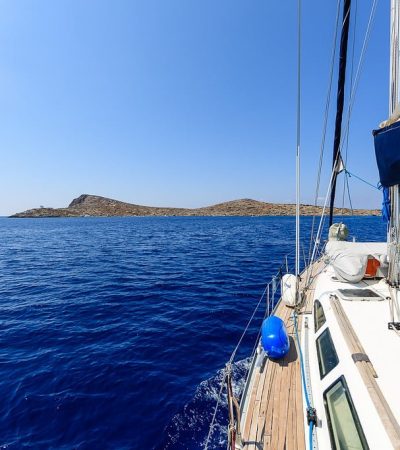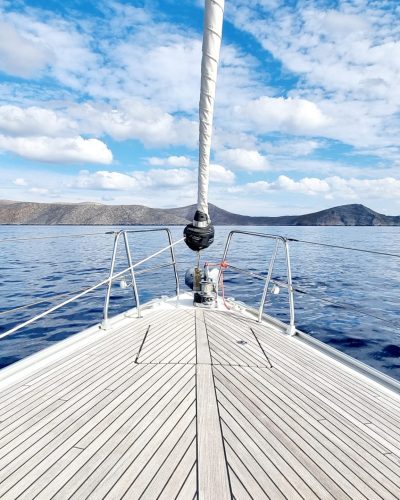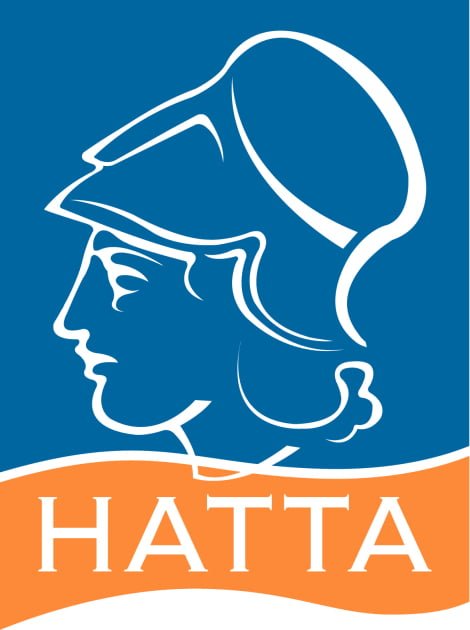Gramvousa has always been a site for fortification and protection of Crete, due to its strategic location. However, strong fortifications were created in the 1500s by the Venetians, when Crete was under Venetian rule. The purpose was to protect that side of the island from pirates as well as the rising Ottoman threat.
For such a tiny islet, there are a lot of things to see and do!
Explore Gramvousa’s nature: Gramvousa is a NATURA 2000-protected region, thanks to the astounding and unique range of flora and fauna on the islet. There are more than 100 species of bird and 400 species of plants just on Gramvousa. In Gramvousa’s caves the Mediterranean seals take refuge to reproduce and the endangered sea turtle Carreta Carreta comes to forage.
Because of the state of protection, you aren’t allowed to roam freely all over the island. There are designated pathways for you to explore it though and take in the beautiful variety of its plant life and photograph its stunning vistas, including a view of the famous Balos beach.
Explore Gramvousa’s shipwreck: Near the port of Gramvousa, you will find the shipwreck that has become part of the islet’s identity and history. This is a relatively modern shipwreck that happened in 1967. Fortunately, there were no casualties as the captain had ordered the ship to anchor near Gramvousa to avoid bad weather.
Visit the Venetian castle: Reigning over the islet, right over the western cove where the port is, you will find the castle of Gramvousa, with its fortifications still impressively intact. Built in the 1500s, the castle could hold 3000 fighters and you can access it from an impressive set of stairs leading to it. You can explore it all and enjoy the gorgeous, sweeping view of the island and the sea around it, to give you an idea of how commanding the fortress’ position was. Inside you will also find the church of Panagia Kleftrina (“Our Lady of the Thieves”) which is preserved to this day.
Lounge at the beach: Gramvousa’s beach is simply gorgeous. It is sandy, with aquamarine waters contrasting beautifully with the land. There are a few trees to provide you with shade, though it’s wise to bring your own beach gear for that! The waters are crystal clear and the unadulterated, authentic surroundings offer an excellent chance to relax and recharge.
Balos beach in Chania captures your heart twice over: Once with a heart-stopping view and then from up close as a dream swimming spot on the northwestern tip of Crete.
It’s hard to know what’s more impressive: The magical blend of colours that greets you as you approach Balos beach from above, or the experience of wading into the still waters of the lagoon, surrounded by white sand with shimmering flecks of pink from crushed shells. One way or another, Balos is a beach that has rightly become a landmark of Europe as much as it has of Crete.
Situated by the northwestern Gramvousa peninsula, Balos should be inked in on everyone’s wish-list when they visit Crete.
The exotic greens and blues of the water, the sweeping sandbanks and backdrop of Cape Tigani, and all the wild beauty of a Natura 2000-protected area… It’s an Instagrammer’s dream – especially from the viewpoint on your way down to the beach.
The water is perfect for snorkelling at the boundaries of the lagoon, where it gets a bit deeper. And don’t forget to explore. You can stroll across the peninsula to the shrub-covered Cape Tigani, narrowly connected to the mainland, and climb to the chapel of Agios Pantes. The sunset view from here is fantastic.
The area supports rare species of flora and fauna, including birds such as Eleonora falcons, shags and cormorants nesting in nearby caves. Just please tread carefully so as not to disrupt the animals. The wider area also offers shelter to the Mediterranean monk seal and the caretta caretta sea turtle.
Book your tour to Gramvousa & Balos with departure from Heraklion, Rethymnon or Chania region with Travel ID!








